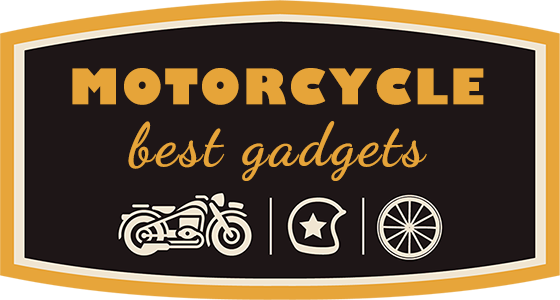Motorcycle dash cams are increasingly popular among riders, not just for capturing scenic routes but also for providing critical evidence in case of accidents. Whether you’re a daily commuter or a long-distance traveler, installing a dash cam on your motorcycle can be a smart investment in safety and security. This guide will walk you through the process of installing a motorcycle dash cam, covering everything from choosing the right camera to proper wiring and mounting techniques.
Why Install a Motorcycle Dash Cam?
Before we dive into the installation process, here are a few compelling reasons to consider installing a dash cam on your motorcycle:
- Accident Evidence: Dash cams can record crucial evidence during accidents, helping determine fault and potentially saving you from legal trouble.
- Theft Deterrence: Some models offer parking mode, which can record suspicious activity even when the bike is off.
- Scenic Recording: Capture beautiful rides and share them with friends or on social media.
- Insurance Claims: Footage can simplify the claims process with insurers.
What You’ll Need
Tools & Equipment:
- Motorcycle-specific dash cam kit (front and rear camera preferred)
- Mounting brackets or adhesive mounts
- Screwdrivers
- Wire stripper
- Electrical tape or heat shrink tubing
- Zip ties
- Multimeter (optional but useful for wiring)
Recommended Dash Cam Features:
- Waterproof/weatherproof housing
- Full HD or better video quality
- Loop recording
- G-sensor (for detecting sudden impacts)
- GPS and Wi-Fi (optional, but handy)
Step-by-Step Installation Guide
Step 1: Choose the Right Dash Cam Kit
Look for a motorcycle-specific dash cam system with front and rear cameras, waterproof casings, and good night vision. Popular brands include Innovv, Thinkware, and Blueskysea.
Step 2: Plan the Camera Placement
- Front Camera: Mount just below the headlight or on the front fairing for a clear view of the road.
- Rear Camera: Place above the rear license plate or on the rear fender.
- Ensure both cameras have an unobstructed view and are securely mounted.
Step 3: Mount the Cameras
Use the brackets and mounts included in your dash cam kit. Follow these tips:
- Clean the mounting area thoroughly.
- Use adhesive mounts or screw mounts based on your preference and bike model.
- Double-check angles and stability before finalizing the placement.
Step 4: Route the Wiring
This is the most intricate part of the installation. You’ll need to:
- Route wires along the bike’s frame, avoiding moving parts, heat sources, and sharp edges.
- Use zip ties to secure wires in place.
- Hide wires under panels for a cleaner look.
Step 5: Connect to Power Source
Most dash cams are powered either by:
- Direct connection to the battery
- Connection to an ignition-switched power source
Direct Battery Connection:
- Connect the positive (red) wire to the battery’s positive terminal.
- Connect the ground (black) wire to the battery’s negative terminal or a grounded bolt on the frame.
- This setup allows for parking mode recording but may drain the battery over time.
Ignition-Switched Connection:
- Tap into a wire that only powers on with the ignition (e.g., tail light or fuse box).
- Use a multimeter to confirm the power source before tapping.
- Consider using a fuse tap for a cleaner installation.
Step 6: Connect and Test the System
- Connect the camera units to the DVR or control unit.
- Insert a microSD card.
- Turn on the ignition and verify that both cameras are recording.
- Adjust angles if necessary.
Step 7: Secure Everything
- Bundle excess wires with zip ties.
- Use electrical tape or heat shrink tubing to insulate exposed connections.
- Make sure all mounts and connections are firm to prevent dislodging from vibration.
Tips for a Successful Installation
- Weatherproofing: Ensure all connections and components are sealed to prevent water damage.
- Regular Checks: Periodically check the system to ensure it’s functioning and the memory card isn’t full.
- Use Quality Parts: Don’t skimp on cables or memory cards – opt for high-quality, weather-resistant components.
- Read the Manual: Follow manufacturer instructions carefully, especially for camera settings and firmware updates.
Conclusion
Installing a motorcycle dash cam might seem intimidating at first, but with the right tools and a bit of patience, it’s a project you can complete on your own. Not only does it add an extra layer of safety, but it also enhances your riding experience by allowing you to document your journeys. Take your time, follow the steps carefully, and enjoy the peace of mind a dash cam provides every time you hit the road.
